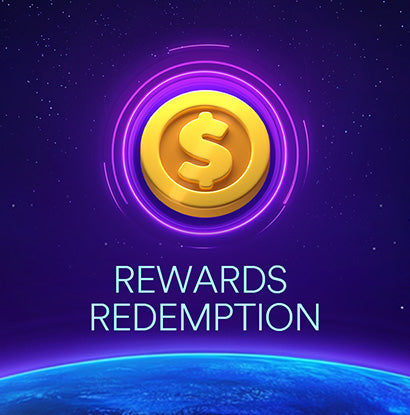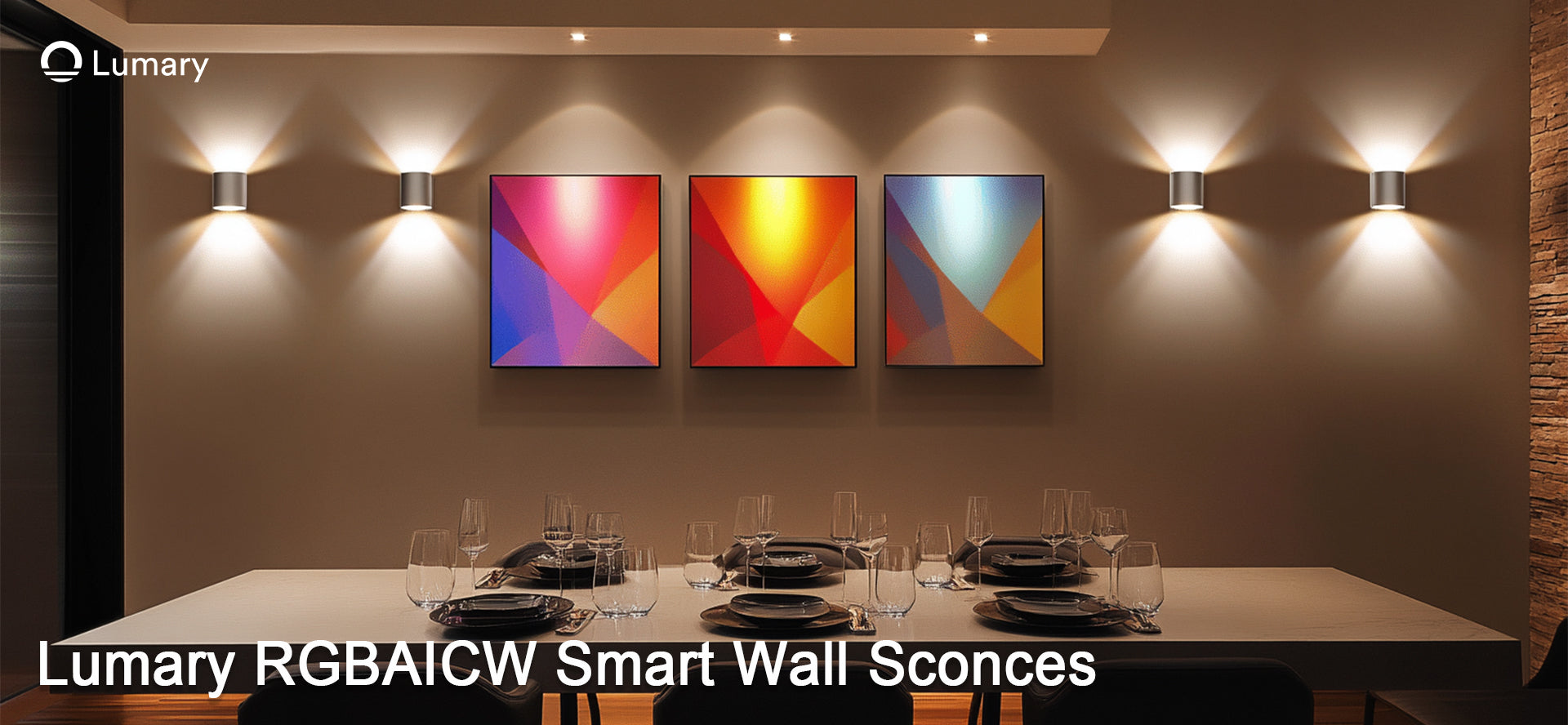Choosing the right light bulb significantly impacts your home's ambiance and functionality. The color temperature of a bulb, measured in Kelvin, plays a crucial role in setting the mood of a space. Lower Kelvin values produce warm, yellow light, creating a cozy and relaxed atmosphere. This makes warm light bulbs ideal for living rooms and bedrooms. Higher Kelvin values result in cool, white or bluish light, which suits task-oriented areas like kitchens and offices. Understanding these differences helps you select the perfect lighting to enhance each room's purpose and feel.
Understanding Light Bulb Basics

Lumens and Brightness
Definition of Lumens
Lumens measure the brightness of a light bulb. This unit indicates how much light a bulb emits. Higher lumens mean a brighter light. Lumens have become the primary measurement for light bulbs. Consumers now focus on lumens instead of wattage when choosing bulbs.
How Lumens Affect Brightness
Lumens directly impact the perceived brightness of a room. A bulb with more lumens will illuminate a space more effectively. For example, cool lighting with more blue light appears brighter due to higher lumen output. Choosing the right lumen level ensures proper lighting for each area in your home.
Watts and Energy Consumption
Definition of Watts
Watts measure the energy consumption of a light bulb. This unit indicates how much power a bulb uses. Traditional incandescent bulbs used more watts to produce light. Modern LED bulbs consume fewer watts while providing the same or more brightness.
Energy Efficiency Considerations
Energy efficiency plays a crucial role in bulb selection. LED bulbs offer significant energy savings. These bulbs provide 70 to 100 lumens per watt compared to 15 lumens per watt for incandescent bulbs. ENERGY STAR® LEDs use up to 85 percent less energy, lasting up to 15 years. Selecting energy-efficient bulbs reduces electricity costs and environmental impact.
Color Temperature
Explanation of Color Temperature
Color temperature measures the color of light emitted by a bulb. Kelvin (K) is the unit used for this measurement. Lower Kelvin values produce warm, yellowish light. Higher Kelvin values result in cool, bluish light. Understanding color temperature helps in choosing the right bulb for different settings.
Differences Between Warm and Cool Light
Warm light creates a cozy and inviting atmosphere. This light is ideal for living rooms and bedrooms. Warm light bulbs have a color temperature below 3000K. Cool light provides a sharp and clean appearance. This light suits task-oriented areas like kitchens and offices. Cool light bulbs have a color temperature above 4000K. Knowing these differences allows you to select the best lighting for each room's purpose.
Comparing Warm and Cool Light Bulbs

Warm Light Bulbs
Characteristics of Warm Light
Warm light bulbs create a soft, inviting glow. The light emitted has a yellowish-orange tone. This type of light has a color temperature between 2,400K and 2,700K. Warm light enhances yellow and red tones in a room. The atmosphere feels cozy and comfortable under warm lighting.
Best Uses for Warm Light Bulbs
Warm light bulbs work best in spaces meant for relaxation. Living rooms benefit from the cozy ambiance provided by warm light. Bedrooms also feel more inviting with warm lighting. Dining areas gain a welcoming atmosphere with these bulbs. Warm light suits areas where comfort and relaxation are priorities.
Cool Light Bulbs
Characteristics of Cool Light
Cool light bulbs emit a brighter, more energizing light. The light appears white or bluish. Cool light has a color temperature ranging from 4,000K to 6,500K. This type of light enhances blues and greens in a space. The environment feels sharp and clean under cool lighting.
Best Uses for Cool Light Bulbs
Cool light bulbs excel in task-oriented spaces. Kitchens benefit from the bright, clear illumination of cool light. Offices need the energy-boosting effect provided by cool lighting. Bathrooms require the crisp, clean appearance of cool light. Reading areas gain focus and clarity with these bulbs. Cool light suits places where concentration and precision are essential.
Advanced Lighting Options
Smart Bulbs
Features of Smart Bulbs
Smart bulbs offer a range of innovative features that enhance home lighting. These bulbs connect to Wi-Fi, allowing remote control through smartphones or voice assistants. Users can adjust brightness, change colors, and set schedules with ease. Many smart bulbs, like the Philips Hue Color and Ambiance Starter Kit, provide millions of color options. This feature allows for personalized lighting to match any mood or occasion. Smart bulbs also include energy insights, helping users monitor and reduce electricity consumption. Some models offer a "Vacation mode" to simulate occupancy by turning lights on and off randomly.
Benefits of Using Smart Bulbs
Smart bulbs provide numerous benefits for modern living. Remote control offers convenience, especially for those with mobility challenges. Users can manage lighting from anywhere, whether at home or away. Smart bulbs enhance security by creating the illusion of an occupied home. Energy efficiency is another significant advantage. These bulbs consume less power than traditional incandescent bulbs. The long lifespan of smart bulbs, often exceeding 25,000 hours, reduces replacement costs. Environmental impact is lower as well, since smart bulbs do not contain harmful substances like mercury. Overall, smart bulbs deliver cost-effective and eco-friendly lighting solutions.
Additional Home Lighting Tips
Layering Light for Effect
Layering light involves using different types of lighting to create depth and interest in a room. Ambient lighting provides overall illumination, while task lighting focuses on specific areas for activities. Accent lighting highlights features such as artwork or architectural details. Combining these layers enhances the functionality and aesthetics of a space. For example, use ambient lighting for general visibility, task lighting for reading or cooking, and accent lighting to draw attention to decorative elements. Layering light adds dimension and versatility to home environments.
Choosing the Right Bulb for Each Room
Selecting the appropriate bulb for each room maximizes comfort and utility. Warm light bulbs suit spaces like living rooms and bedrooms, where relaxation is key. Cool light bulbs work well in kitchens and offices, where focus and clarity are important. Consider the activities and ambiance desired in each area when choosing bulbs. Smart bulbs offer flexibility with adjustable color temperatures and brightness levels. This adaptability allows users to customize lighting according to specific needs. Proper bulb selection enhances the overall atmosphere and functionality of a home.
Selecting the right light bulb enhances your home's ambiance and functionality. Consider specific needs and preferences when choosing between warm and cool light bulbs. Warm bulbs create a cozy atmosphere, ideal for relaxation areas like living rooms. Cool bulbs provide bright, energizing light for task-oriented spaces such as kitchens. Lumens now serve as the primary measure of brightness, surpassing wattage in importance. LEDs offer reliable, long-lasting light, ensuring energy efficiency and cost savings. Choose wisely to enjoy the benefits of modern lighting technologies while considering health implications on sleep patterns.

















